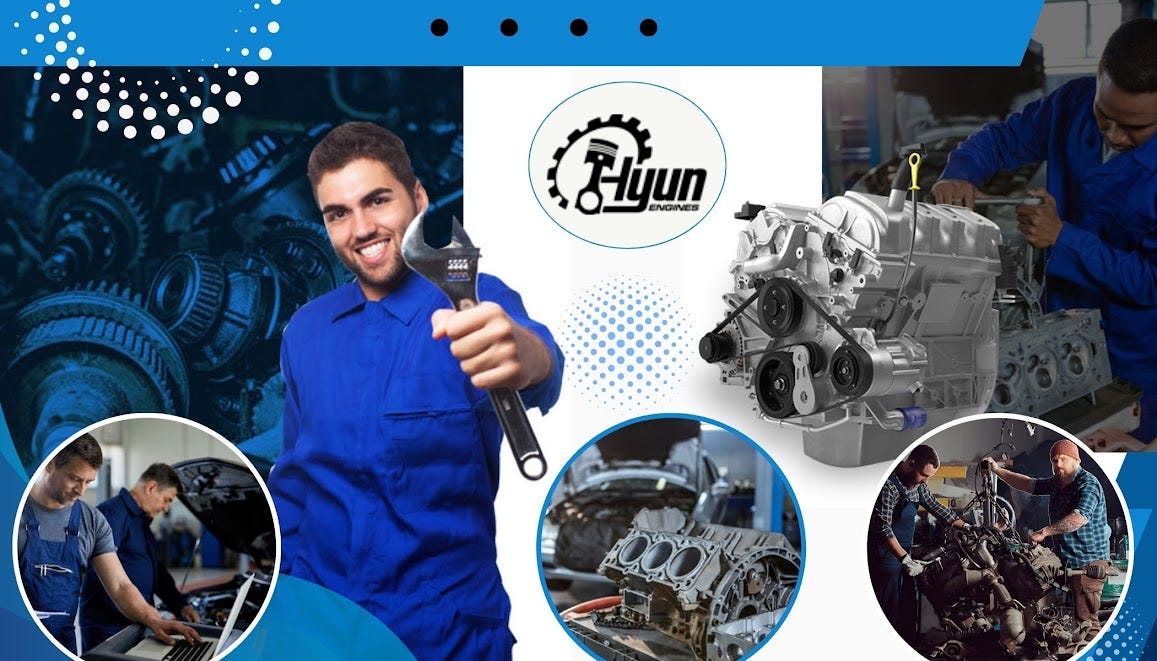The Hyundai Tucson, a well-known compact SUV, stands out by its combination of style, performance, and worth. Central to its appeal is the engine, which is a key element in the driving experience. Understanding what Hyundai Tucson’s engines options will help prospective buyers make an informed choice.
Engine Options and Performance
The Hyundai Tucson Engine comes with a variety of options for engines, based on the model year and trim level. As of the latest models the Tucson offers three engine options:
2.5-Liter Inline-4 Engine 2.5-Liter Inline-4 Engine: This is the standard engine used in the majority of versions. It has a power output of 175 horsepower and 178 pounds of torque. The engine achieves an equilibrium between efficiency and power, making it suitable for everyday driving as well as highway cruising. It is equipped with a direct fuel injection system, enhancing both performance and efficiency of fuel.
1.6-Liter Inline 4 Turbocharged Engine It is available on higher trims and hybrid versions, the engine generates about 180 horsepower and 195 lb-ft of torque. The turbocharged setup provides a more responsive driving and increased torque for better acceleration. The engine is paired with a 7-speed dual-clutch automatic transmission, which delivers rapid and smooth shifts.
Hybrid or Plug-in Hybrid Powertrains: The Tucson also offers the hybrid as well as plug-in hybrid versions. The standard hybrid blends a 1.6-liter turbocharged engine with an electric motor that produces the equivalent of 226 horsepower. This engine is designed to improve fuel efficiency without sacrificing performance. The plug-in hybrid model comes with a larger battery and a range of all-electric power providing a green alternative that is able to adapt to hybrid efficiency.
Fuel Efficiency and Economy
The efficiency of the fuel is contingent on the engine selection and the driving conditions. The normal 2.5-liter engine typically achieves around 25-30 mpg, depending on whether it’s paired with front-wheel drive (FWD) or all-wheel drive (AWD). Turbocharged 1.6-liter engine as well as hybrid versions offer better fuel economy, with the hybrid achieving up to 37 mpg when combined, making it an excellent option for those who value saving on fuel.
Transmission and Handling
The Hyundai Tucson’s engines can be paired with either an eight-speed automatic transmission or a 7-speed dual-clutch automatic, depending on the engine. The 8-speed automatic offers smooth driving experience with responsive gear shifts, and the dual-clutch transmission on the turbocharged model increases acceleration and driving dynamics.
Conclusion
In short it is clear that in the end, Hyundai Tucson’s engine lineup caters to a wide range of driving preferences including the reliable as well as reliable 2.5-liter inline-4, to the more spirited and fuel-efficient hybrid options. Understanding these engine choices helps prospective buyers choose the Tucson that best fits their needs and preferences. If you’re looking for a powerful performance and a high fuel efficiency, or cutting-edge hybrid technology, the Tucson offers compelling options in the compact SUV segment.


